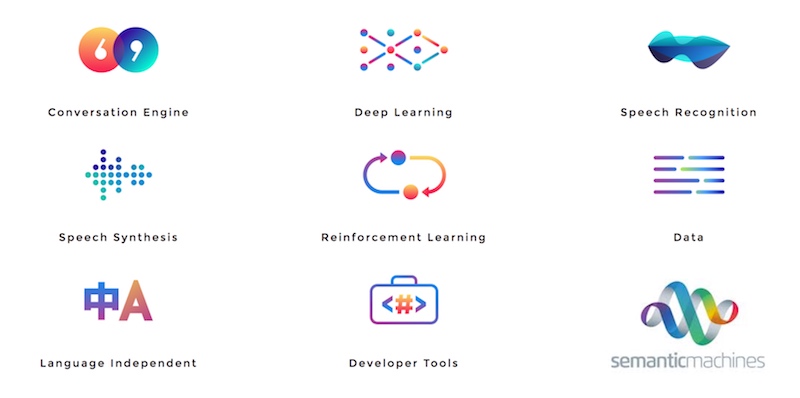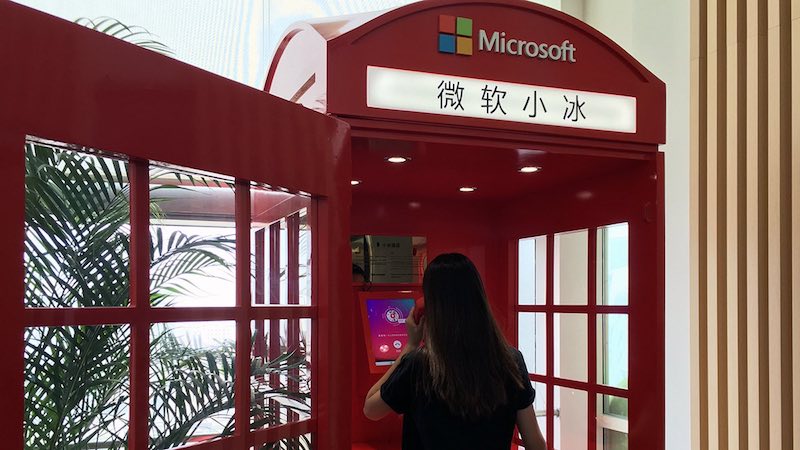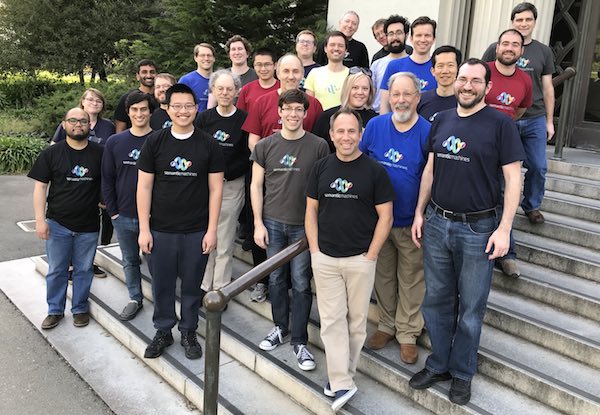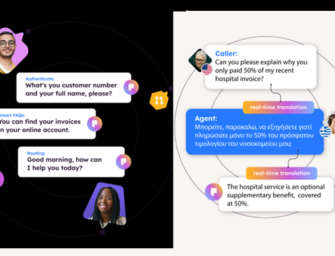Microsoft Acquires Semantic Machines to Make Speech Engines More Conversational

Microsoft yesterday announced in a blog post that it had acquired speech technology startup Semantic Machines. Based in Berkeley, California, the company focuses on building conversational artificial intelligence (AI). Its founders include Daniel Roth and Damon Pender, CEO and CFO respectively, that sold Voice Signal to Nuance for $300 million in 2007. On the technology front, the team includes leading voice technology researchers such as Larry Gillick who led the development of Dragon Systems Naturally Speaking product and later held an executive research position at Nuance. Dan Klein is a professor of computer science at UC Berkeley and has over 100 published papers on natural language processing (NLP) and machine learning. And, Percy Liang is lead scientist at the company while also serving as an assistant professor of computer science at Stanford. Some of his research has appeared in 60 academic papers and spans NLP, Bayesian modeling and deep learning.
The March to Conversational AI
The acquisition price was not announced. Semantic Machines had previously raised $20.9 million according to Crunchbase. The most recent Series B round of $12.4 million included participation by General Catalyst and Bain Capital Ventures. Microsoft’s announcement focused on the natural language interaction enabled by Semantic Machines technology:
“Most of today’s bots and intelligent assistants respond to simple commands and queries, such as giving a weather report, playing a song or sharing a reminder, but aren’t able to understand meaning or carry on conversations. For rich and effective communication, intelligent assistants need to be able to have a natural dialogue instead of just responding to commands. We call this ‘conversational AI.’
“We are excited to announce today that we have acquired Semantic Machines Inc., a … company that has developed a revolutionary new approach to building conversational AI. Their work uses the power of machine learning to enable users to discover, access and interact with information and services in a much more natural way, and with significantly less effort.”
How This Fits with Cortana

A Consumer Tries out Xiaolce Conversational Bot
Microsoft also mentions Cortana and the company’s chabot Xiaolce which is used by 200 million people in China. Xiaolce is designed with a full duplex conversational AI approach that anticipates what a person will say and even can interrupt as it understands the likely thought the other user is expressing. The company plans to incorporate Semantic Machines technology with Cortana and Xiaolce and open a conversational AI center of excellence in Berkeley to advance the research.
Google’s incorporation of WaveNet technology developed in its DeepMind division and the launch of Google Duplex earlier this month mark a new stage in voice technology development. A year ago, announcements around speech technology research tended to focus on improvements in word accuracy rates for automated speech recognition. This seems to have shifted more recently to more advanced speech synthesis, natural language understanding (NLU), and full duplex interaction technology that focuses on natural language communication over speech-to-text accuracy.
Investment Likely to Accelerate
Amazon also has an initiative around conversational AI through its Alexa Prize contest. In that program, the stated goal is for a conversational bot to hold a 20-minute conversation with a human that is natural. A team from the University of Washington won the 2017 edition’s $500,000 first price and a $1 million research grant based on an average conversation length of 10 minutes and 22 seconds. The 2018 competition is expected to boast a new crop of conversational chatbots this spring. Amazon has also made its own speech technology acquisitions over the years, and you can imagine that the Alexa Prize is an effort to seed inventions that can improve Alexa over time.
This all looks like a speech technology arms race and Semantic Machines likely has both existing technology and patents that Microsoft believes can make Cortana and its various chatbots more humanlike in their communications. You should expect to see more of these acquisitions in the coming months as the big technology players fear being left behind in key areas of speech technology innovation.
Follow @bretkinsella









